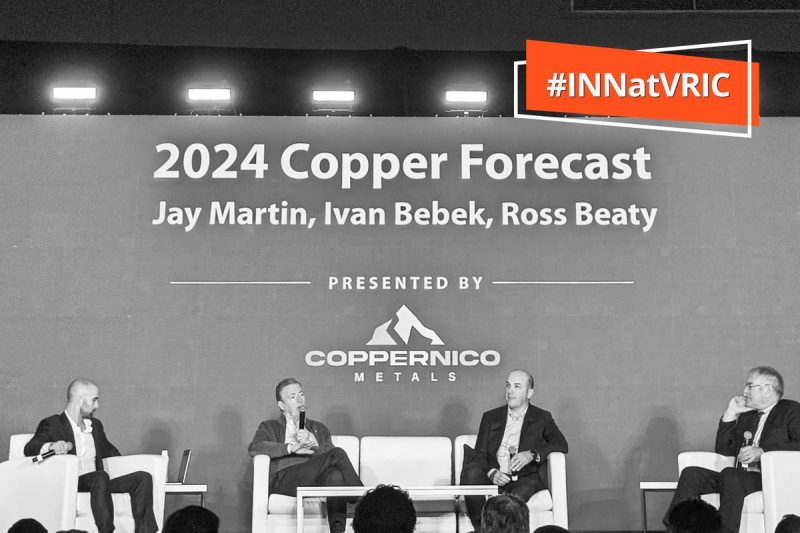As investors navigate the ebbs and flows of the volatile global economy, copper has emerged as a potentially lucrative bet. Though traditionally lesser known than its ‘precious metals’ cousins such as gold and silver, copper — thanks to its long-term fundamentals — is attracting attention from savvy investors.
First off, it’s critical to understand why copper is considered a fundamental asset in the global economy. Copper, a highly conductive, ductile and non-corrosive metal, plays a crucial role in numerous industries — from construction and transportation to electrical equipment, machinery, and even health care. It’s the bedrock of infrastructure, a conduit of power and communication, and a vital component in renewable energy technologies. This widespread application gives copper its intrinsic value and resilience within the investment market.
Copper’s demand is only expected to rise in the near future due to a global shift toward sustainable energy. As renewable energy technologies, including wind, solar, and electric vehicles, continue to mature and permeate global markets, the demand for copper will see a consequent surge. According to a report by the International Energy Agency, a typical electric car requires 83 kg of copper compared to only 23 kg for a traditional gas vehicle. Similarly, renewable energy systems use up to five times more copper than conventional energy systems. This data suggests a long-term increase in the demand for copper, thereby potentially enhancing its market worth.
Moreover, from a supply standpoint, the constant market demand is not met with consistent supply. Mining copper is an arduous and costly process with significant environmental consequences. This imbalance of demand and supply can lead to a hike in copper prices, presenting investment opportunities.
Panelists and industry experts are increasingly touting copper’s promising long-term fundamentals. They see copper as a cornerstone asset that will significantly benefit from the world’s transition to green energy. As such, some project that copper could be the “new oil” for the green energy era, a testament to its perceived value in the future.
However, potential investors must consider some caveats before investing in copper. Like all commodities, copper prices are subject to fluctuations based on economic conditions, geopolitical tensions, and market speculations. Also, while the global shift to green energy stimulates demand, it could potentially introduce more stringent regulations on mining, affecting copper supply.
On balance, the risk associated with copper investment seems to be offset by its promising fundamentals. As green energy takes precedence in the coming years, the demand for copper is expected to significantly increase, presenting potentially lucrative opportunities. However, as with all investments, potential investors should conduct thorough research, consult with credible financial advisors, and take into account their overall risk appetite and financial capabilities.
Ultimately, the decision to invest now depends on individual investor expectations for future price movements, risk tolerance, and investment horizon. Nonetheless, copper’s crucial role in renewable energy technologies coupled with its limited supply, and the increasing global demand, singles it out as an increasingly attractive asset for investors eyeing long-term growth.




